Oryza L.
rice
Poaceae
tropical to warm regions worldwide
two species frequently cultivated; three additional species occasionally cultivated in Africa
Oryza sativa L. [two strains: O. japonica and O. indica]
O. glaberrima Steud.
O. barthii A. Chev.
O. longistaminata A. Chev. & Roehr.
O. punctata Kotschy ex. Steud.
U.S. Federal Noxious Weeds: Oryza longistaminata, Oryza punctata, Oryza rufipogon
Identification: While vegetativevegetative:
(adj) (1) pertaining to or to the growth of plant organs or plant parts that have nonreproductive functions, such as leaves, roots, stems, etc.; (2) concering non sexual propagules such as tubers, turions, stem fragments, root crowns, rhizomes
parts of these Oryza species are largely indistinguishable, Oryza punctata can be distinguished from O. rufipogon and O. longistaminata by its shorter fertilefertile:
(adj) producing viable seed, spores, or pollen; capable of reproducing
florets, rachilla not pronounced, awns relatively slender and flexuous, and spikelets transversely (not obliquely) attached to pedicelpedicel:
(n) the stalk of a single flower in an inflorescence, or of a grass spikelet
. O. rufipogon and O. longistaminata are difficult to differentiate morphologically. However, the two species are distinct geographically; O. rufipogon is not found in Africa, while O. longistaminata is found mostly in Africa.See O. longistaminata disseminule fact sheet.
Oryza glaberrima and O. punctata are introduced into Asia from Africa.
O. rufipogon Griff. is introduced into North and South America from Australasia.
O. sativa is introduced worldwide from Asia.
Oryza longistaminata, O. punctata, and O. rufipogon are terrestrialterrestrial:
(adj) growing on land as opposed to living in water
weeds on the U.S. federal noxious weed list. These three species, along with O. sativa, are weeds of rice and wetland habitats.
aquatic or semi-aquatic grass; juvenile of some submergedsubmerged:
(adj) (syn. submersed) under water; submerged below the water surface
, adult emergentemergent:
(adj) (syn. emersed) with parts raised out of the water; extending up out of the water
to terrestrialterrestrial:
(adj) growing on land as opposed to living in water
Medium to large grass. Sometimes rhizomatousrhizomatous:
(adj) possessing rhizomes
or stoloniferous, tufted, ascending or erect, culmculm:
(n) the stem of a grass or sedge
basally branching, typically glabrousglabrous:
(adj) without hairs or scales
, nodes 3-20, lower nodes often rooting when submergedsubmerged:
(adj) (syn. submersed) under water; submerged below the water surface
. Leaves al ternateternate:
(adj) in threes
; leaf bladeblade:
(n) (syn. lamina) the flat, expanded part of a leaf, frond, or petal (excluding, e.g., the petiole)
 linear to narrowly lanceolatelanceolate:
linear to narrowly lanceolatelanceolate:
(adj) lance-shaped; widest point below the middle, tapering to the apex
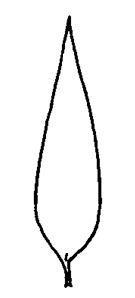 , ± flat, smooth to scabrousscabrous:
, ± flat, smooth to scabrousscabrous:
(adj) of a surface, rough to the touch due to presence of short stiff hairs
, glabrousglabrous:
(adj) without hairs or scales
or pubescentpubescent:
(adj) (1) covered with short, soft hairs; (2) bearing hairs
; apexapex:
(n) the point farthest from the point of attachment; the tip (often pointed)
acuteacute:
(adj) tapering to a sharp, pointed apex with more or less straight sides; broader than acuminate; forming an angle of less than 90 degrees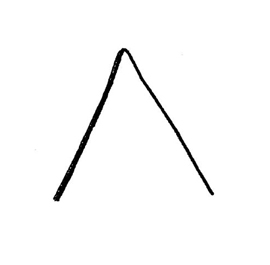 ; base sheathing; margins typically scabrousscabrous:
; base sheathing; margins typically scabrousscabrous:
(adj) of a surface, rough to the touch due to presence of short stiff hairs
; liguleligule:
(n) (1) a strap-shaped structure; (2) an often thin, membranous or hairy structure projecting from the top of the leaf sheath in grasses and a few other families; (3) the flattened part of the ray corolla in the Asteraceae
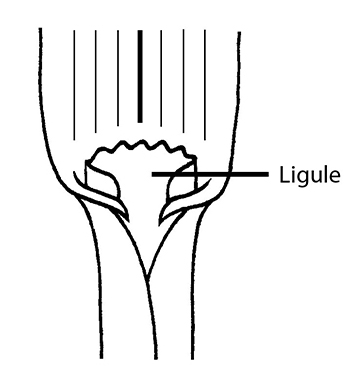 membranous, truncatetruncate:
membranous, truncatetruncate:
(adj) terminating abruptly, as if cut straight across
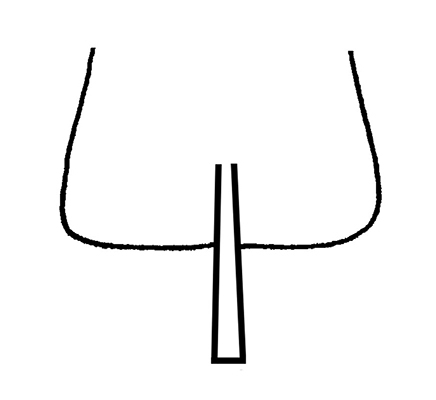 or obtuseobtuse:
or obtuseobtuse:
(adj) with a blunt or rounded apex and sides coming together at an angle of more than 90 degrees
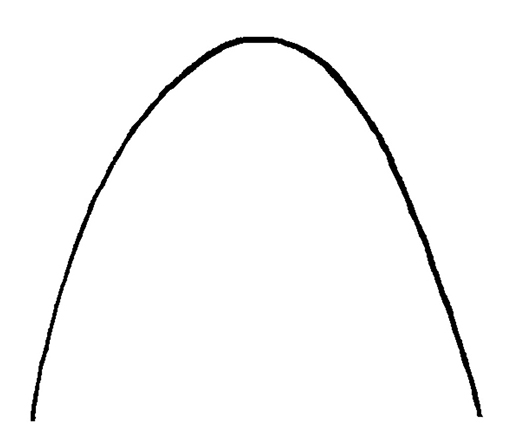 , entireentire:
, entireentire:
(adj) having a continuous margin that is not toothed or lobed
 or laceratelacerate:
or laceratelacerate:
(adj) torn; irregularly cut or slashed
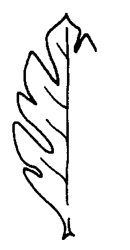 ; leaf-sheaths auriculateauriculate:
; leaf-sheaths auriculateauriculate:
(adj) bearing auricles
or not. Inflorescenceinflorescence:
(n) the arrangement of flowers on the floral axis
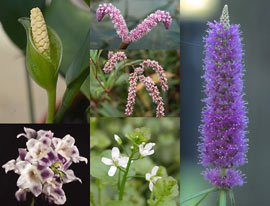 a terminalterminal:
a terminalterminal:
(adj) at the apex
, many-flowered paniclepanicle:
(n) an indeterminate, branched (often much-branched) inflorescence; the ultimate units may be of a different inflorescence type
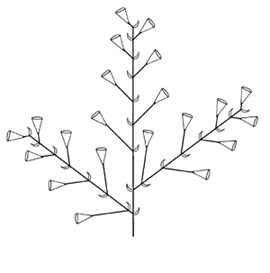 , typically open, with branches erect to nodding, often ± scabrousscabrous:
, typically open, with branches erect to nodding, often ± scabrousscabrous:
(adj) of a surface, rough to the touch due to presence of short stiff hairs
; lower branches may be whorledwhorled:
(n) bearing whorls; a type of leaf arrangement (phyllotaxis) in which leaves are in whorls
 . Spikelets solitary, ellipticelliptical:
. Spikelets solitary, ellipticelliptical:
(adj) in the form of an ellipse (oval)
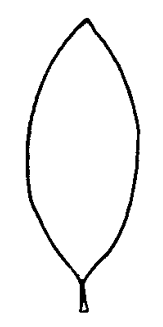 , oblongoblong:
, oblongoblong:
(adj) two to four times longer than wide, with +/- parallel sides
 or ovateovate:
or ovateovate:
(adj) egg-shaped in outline; generally with the broad end at or near the base
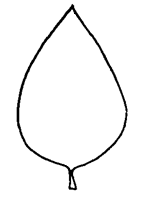 , laterally compressed, mainly appressedappressed:
, laterally compressed, mainly appressedappressed:
(adj) pressed closely to or lying flat against
; fertilefertile:
(adj) producing viable seed, spores, or pollen; capable of reproducing
spikelets on linear pedicelspedicel:
(n) the stalk of a single flower in an inflorescence, or of a grass spikelet
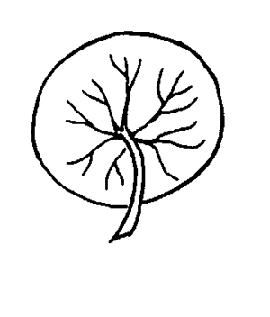 .
.
seasonally inundated areas, in shallow water, irrigated fields, marshes, swamps, floodplain grasslands, along rivers and ditches
A genus comprising about 20 species, the majority of which are aquatic or semi-aquatic. Oryza sativa L. is the most important crop species in the world. Seedlings require germination in water and subsequent drying as the plant matures.